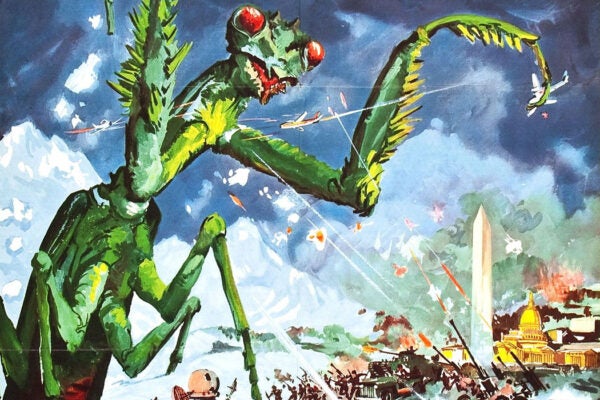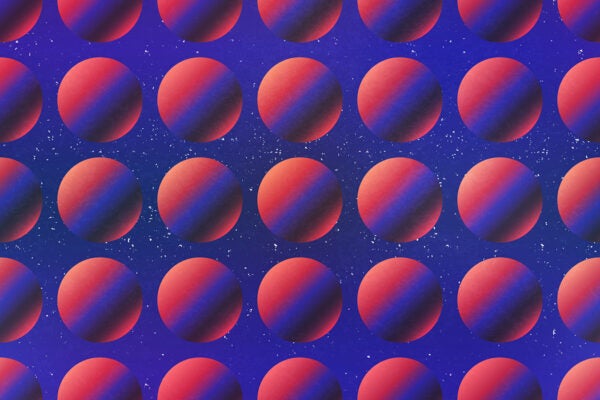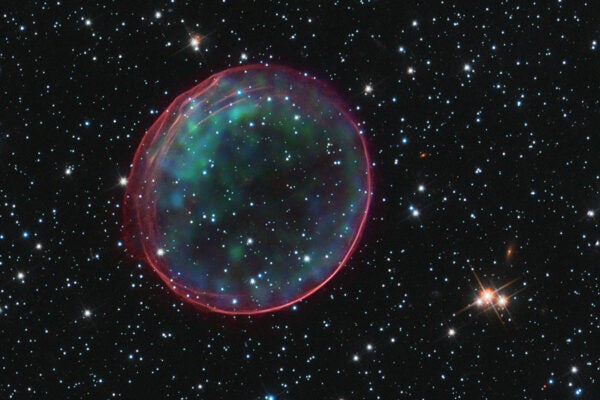String Theory Is Not Dead
Out of the limelight, theoretical physicists seek the math that can explain the universe’s particles and forces.
A Blind Beetle Named Hitler?
The case for changing offensive names of animals and plants, and how it can be done
The War on Bugs
In the 1950s, supersized insects were the villains in a rash of big-screen horror movies. What did those monstrous roaches represent, and how were they vanquished?
The Stickiness of Teflon
From excitement about its potential to revelations of its possible toxicity, Teflon has taken a wild ride through American science, manufacturing, and marketing.
How Two Rebel Physicists Changed Quantum Theory
David Bohm and Hugh Everett were once ostracized for challenging the dominant thinking in physics. Now, science accepts their ideas, which are said to enrich our understanding of the universe.
As You Lakh It
How did an oleoresin produced by insects in Asia become a standard part of European furniture manufacture and conservation?
Central American Volcanoes Offer Clues to Earth’s Geological Evolution
Along 1,100 kilometers, from Mexico to Costa Rica, lies the Central American volcanic arc, where the variety of magma types make for a geological paradise.
How Asteroids Bombarded Earth and Built the Continents
Asteroid collisions aren't always bad.
How Mars Lost Its Magnetic Field—and Then Its Oceans
Chemical changes inside Mars's core caused it to lose its magnetic field. This, in turn, caused it to lose its oceans. But how?









